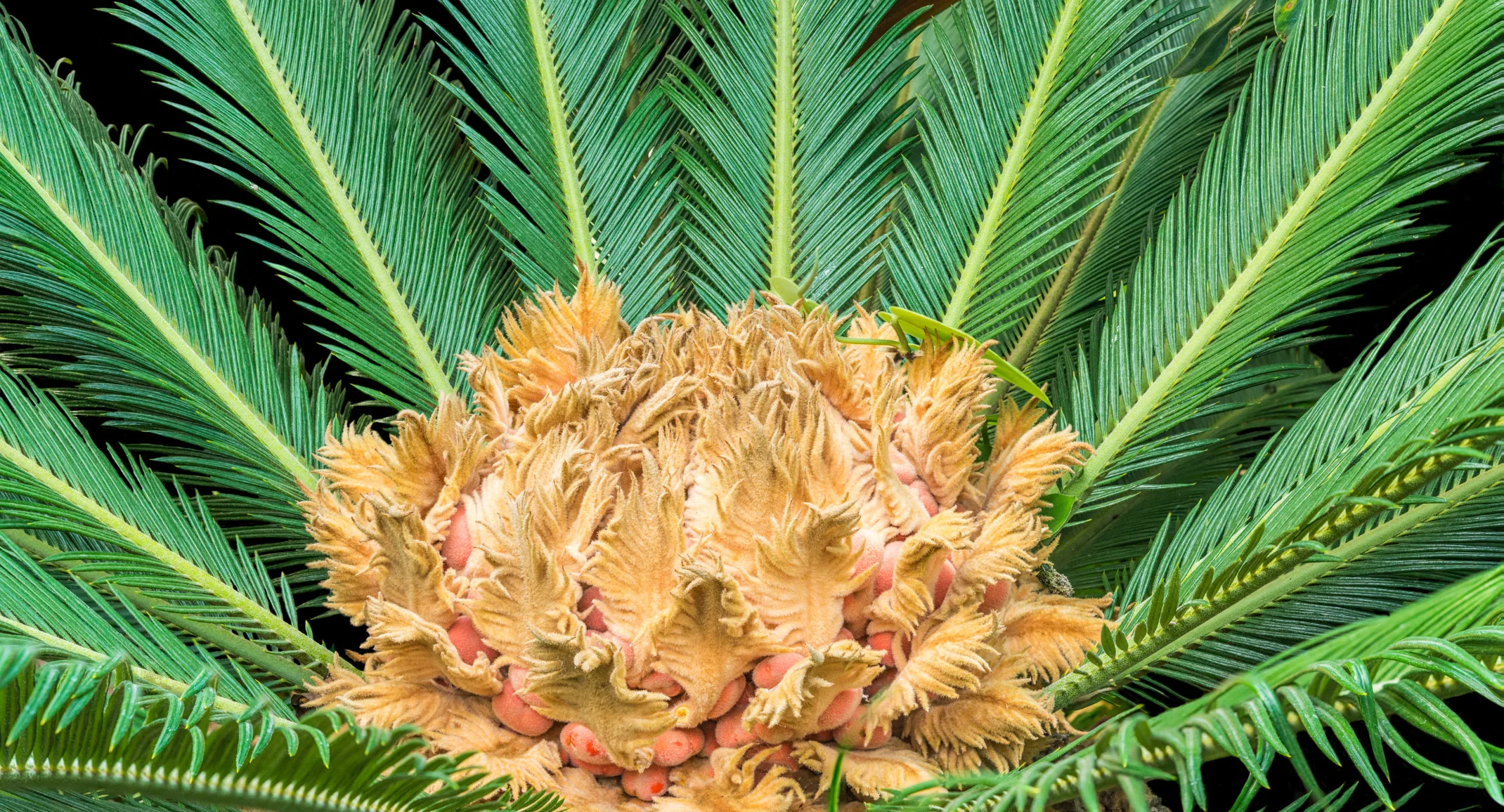Pet Owners Beware: The Hidden Danger of Sago Palms in Charleston, SC
Pet Safety

Charleston’s lush coastal beauty brings with it warm weather, vibrant greenery, and tropical landscaping. But did you know that one popular plant in Lowcountry yards could be deadly to your pets? The sago palm (Cycas revoluta), often used in ornamental landscaping, poses a serious, and often fatal, threat to cats and dogs.
At CVRC, our emergency team is all too familiar with sago palm accidents, and unfortunately, the outcomes are often heartbreaking. Here’s what every Charleston-area pet owner needs to know.
Why Are Sago Palms So Dangerous?
All parts of the sago palm are toxic, but the seeds (or “nuts”) are the most deadly. The plant contains cycasin, a toxin that causes liver failure and can lead to death, even with just one seed.
Just one seed can be lethal to a medium-sized dog.
Toxicity affects dogs, cats, and even humans, but pets are most at risk due to their tendency to chew.
The toxin attacks the liver, leading to irreversible damage if not treated immediately.
What Are the Signs of Sago Palm Poisoning?
Symptoms typically begin within 15 minutes to several hours after ingestion. Be alert for:
Vomiting (often severe and repeated)
Diarrhea
Lethargy or weakness
Loss of appetite
Excessive drooling
Yellowing of the skin or eyes (jaundice)
Abdominal pain
Seizures or tremors
Collapse
If your pet shows ANY of these signs and has access to a sago palm, call us immediately.
What Should You Do If Your Pet Ingests Sago Palm?
This is a true emergency. Do not wait. Every second counts.
Call us immediately at (843) 614-8387. Our hospital is open 24/7/365.
If possible, bring a piece of the plant or seed with you for identification.
Do not try to induce vomiting at home unless specifically instructed by a veterinarian.
Treatment may include:
Inducing vomiting (if early enough)
Activated charcoal to limit absorption
IV fluids
Liver protectants
Bloodwork monitoring
Hospitalization and intensive supportive care
Even with aggressive treatment, the survival rate is only around 50%. Early intervention is critical.
How Can You Prevent Sago Palm Poisoning?
Knowledge and prevention are key.
Remove sago palms from your yard and discourage neighbors from planting them.
Educate landscapers, HOA boards, and garden centers.
If you rent, ask your property manager to identify and remove toxic plants.
Always supervise pets outdoors, especially in unfamiliar areas.
Keep your vet’s contact info and our emergency number saved in your phone.
A Local Threat in Charleston
Sago palms thrive in our coastal climate and are commonly found in:
Front yards, medians, and community entrances
Golf courses and parks
Landscaping around hotels and public buildings
What looks like a decorative touch in a local yard can quickly become a life-threatening hazard for your pet.
We're Here for You, Day or Night
At CVRC, we’re dedicated to keeping Charleston’s pets safe. If you ever suspect sago palm ingestion, or any kind of poisoning, don’t wait. Bring your pet in immediately.
Stay Informed. Stay Prepared. Stay Safe.
You can’t protect your pets from everything, but awareness is your best defense. Share this post with fellow pet parents in the Charleston area, and help us spread the word about the dangers of sago palms.
Together, we can save lives.
